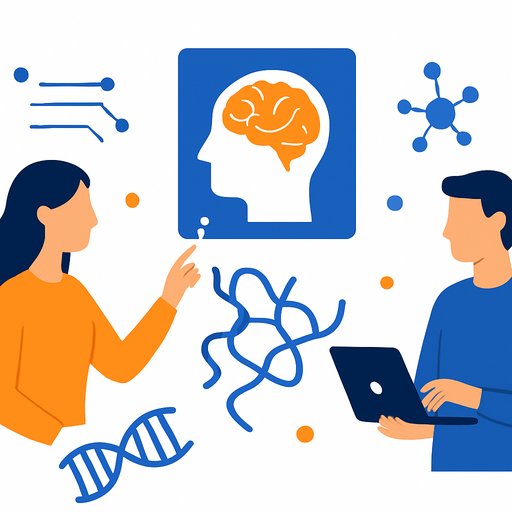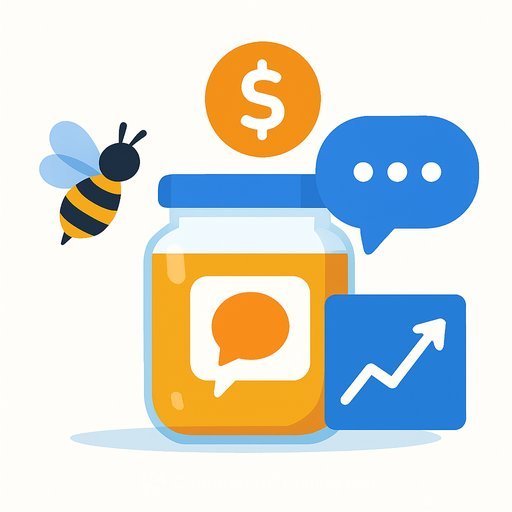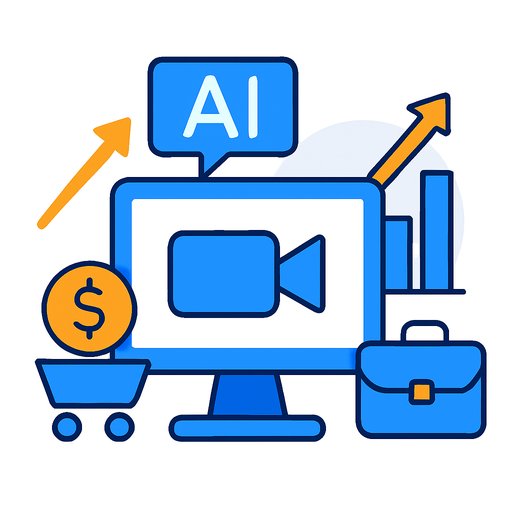EPFL AI Center and AITHYRA Launch Collaboration at the Intersection of AI and Molecular Science
24.10.2025
The EPFL AI Center and AITHYRA have started a new research collaboration spanning artificial intelligence, computational biology, biochemistry, and bioengineering. The goal is simple: tackle shared scientific challenges, speed up knowledge exchange, and build research that joins computational modeling, machine learning, and biochemical engineering.
This partnership focuses on work that can move from algorithms to experiments to applications. Expect the effort to prioritize reproducibility, measurable progress, and outcomes that matter to both the scientific community and industry partners.
Leadership and Initial Projects
As part of the collaboration, Bruno Correia, Associate Professor at EPFL's School of Engineering, has been appointed Global Adjunct Principal Investigator at AITHYRA. He will coordinate two joint projects between EPFL and AITHYRA.
- Development of machine-learned representations for protein design and interaction prediction
- Generative AI for small-molecule design
Correia's research at EPFL centers on computational tools for protein design and immunoengineering, combining method development with experimental validation. This work highlights how AI and molecular science can strengthen each other, with potential to advance vaccine design, cancer immunotherapy, and computational drug discovery.
Why this matters for research and communications teams
- Clear storylines: cross-institutional science with defined milestones (models, datasets, validation studies) that translate well into public announcements and stakeholder updates.
- Evidence-first messaging: opportunities to link model performance to experimental outcomes, aiding trust-building with media and partners.
- Strategic partnerships: a platform for joint grants, industry collaborations, and translational pilots across AI and molecular engineering.
- Measurable impact: track record could include benchmark gains, preprints, patents, and early-stage prototypes-useful for reports, decks, and board briefings.
For background reading on institutional AI efforts, see the EPFL AI Center. For context on AI in structural biology, review the AlphaFold overview by DeepMind (link).
If your team is building AI fluency to support research programs and communications planning, explore role-based learning paths here.
What to watch next
- Model releases and data artifacts that invite external validation
- Peer-reviewed studies connecting predictions to lab results
- Early collaborations with clinical or biotech partners
As these projects progress, updates are likely to center on comparative benchmarks, reproducible pipelines, and experimental evidence-metrics that matter for both scientific credibility and clear communication.
Your membership also unlocks:










